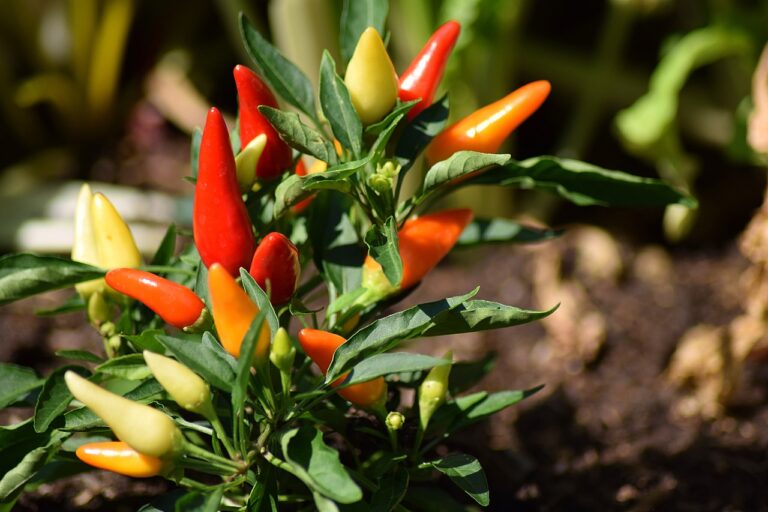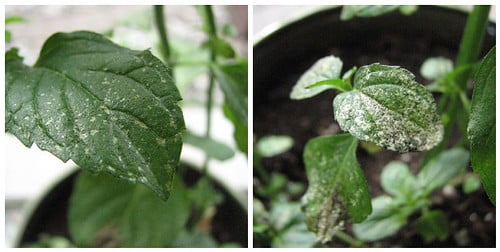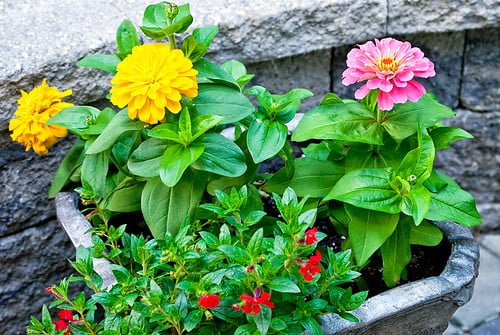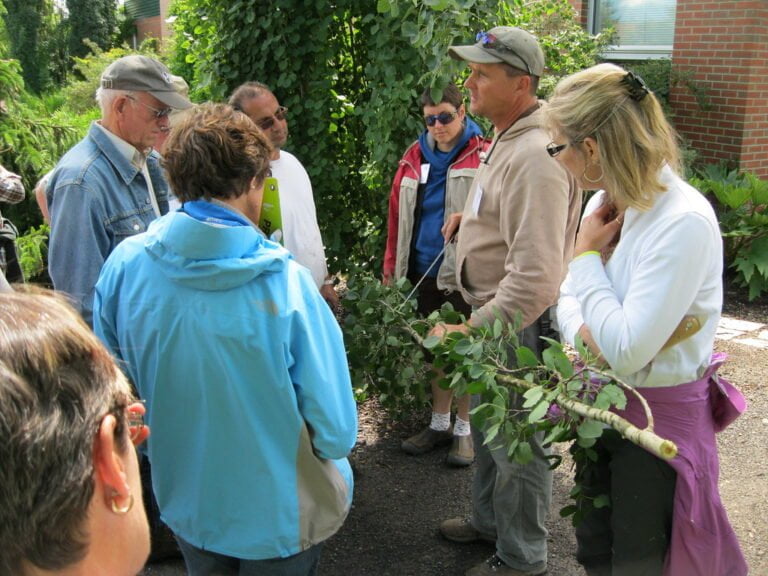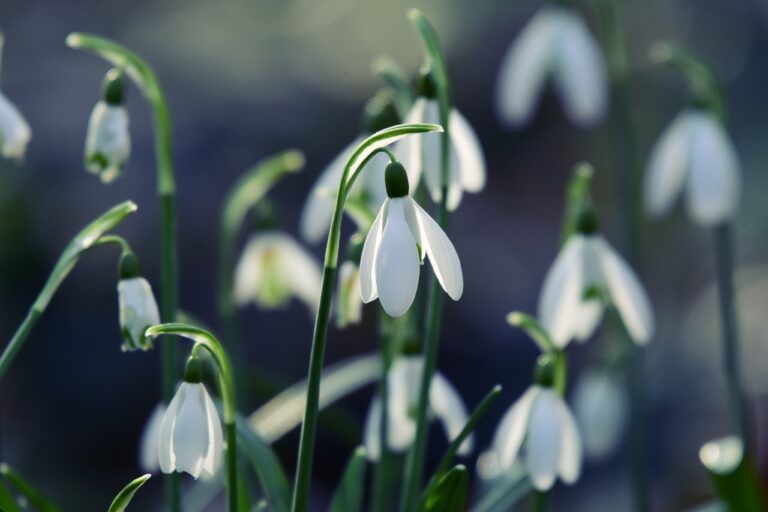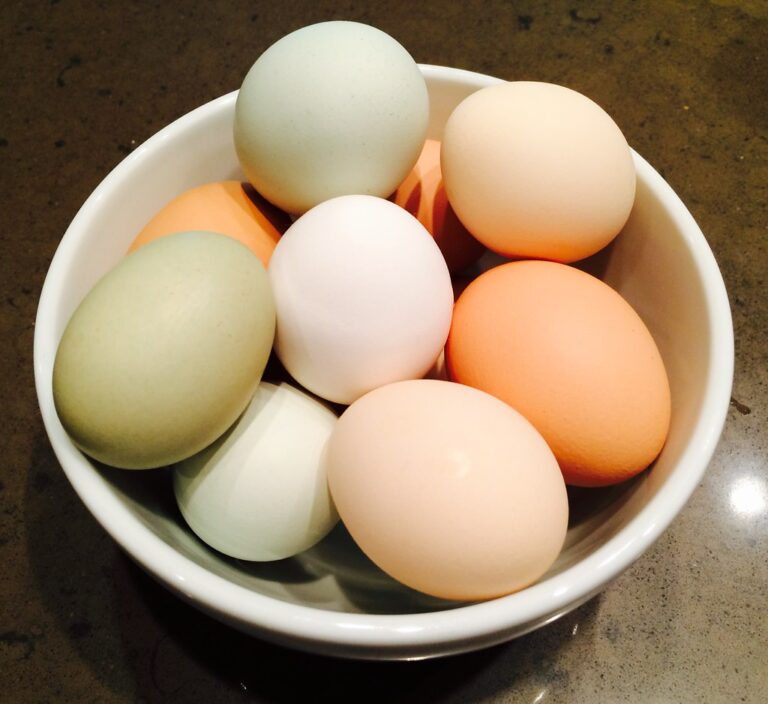Understanding the Process of Harvesting Kale
When harvesting kale, select leaves from 12-inch-tall plants for optimal taste. Harvest weekly to encourage continuous growth. Choose younger leaves for tenderness. Opt for vibrant green, firm, and sizable mature leaves. Leave central leaves while trimming the outer ones. Harvest baby kale after 25-30 days by plucking tender stems. Regular pruning and proper harvesting techniques help maintain growth. Store kale in a loose bag in the fridge for freshness. Massaging leaves improves taste. Benefits include fresh supply and increased yield. Blanch and freeze for longer storage. Vital tips for harvesting kale guarantee quality produce for your table.
Kale Harvesting Timeline
When commencing the kale harvesting process, it is crucial to comprehend the ideal timeline for harvesting to guarantee peak plant growth and leaf production. Kale leaves are best harvested when the plant has reached approximately 12 inches in height. This stage typically indicates that the plant is mature enough for harvesting. To encourage continuous leaf production and promote overall plant growth, it is advisable to harvest kale leaves once or twice a week. By doing so, you can make certain that the plant remains healthy and productive.
Younger kale leaves are generally preferred for harvesting as they tend to be less bitter and more tender, offering a more palatable taste. Regularly harvesting the outer leaves of the kale plant not only provides you with a fresh supply of nutritious greens but also helps in preventing pest infestations and diseases that can impact the plant’s health.
While the precise timing for harvesting kale can vary slightly depending on the specific variety being grown, a good rule of thumb is to start harvesting once the plant has matured. This proactive approach not only guarantees a more abundant yield but also ensures that the plant remains in peak condition for future growth cycles. By staying attentive to the growth patterns and timing your harvests accordingly, you can enjoy a steady supply of fresh, healthy kale leaves throughout the growing season.
Identifying Mature Kale Leaves
When identifying mature kale leaves, it is essential to observe their vibrant green color, firm texture, and larger size, typically about the size of your hand. These mature leaves are usually found on the outer part of the plant, with smaller leaves towards the center. Ensuring you leave at least five central leaves intact during harvesting promotes new growth and sustains the plant’s health.
Leaf Color Indication
Mature kale leaves display a deep green or violet coloration, serving as a visual signal for determining their readiness for harvest. The color intensity of kale leaves increases as they mature, with vibrant shades indicating peak ripeness. When identifying mature kale leaves, look for those that are firm and crunchy to the touch. Leaves showing signs of yellowing or drooping should be avoided, as they are likely past their prime and may lack ideal flavor and nutrients. By paying close attention to the color of the leaves, you can make sure that you harvest kale at the right time, guaranteeing the best taste and texture for your culinary creations.
Texture and Firmness
Texture and firmness serve as critical indicators for identifying mature kale leaves, guiding the best timing for harvesting. When examining the leaves in the garden, one should look for dark green, thick leaves with a slightly textured surface. To determine maturity, gently touch the leaf – mature kale leaves should feel sturdy and crisp. Additionally, mature leaves are typically around 6-8 inches in length and have a slightly waxy feel. These characteristics differentiate mature leaves from younger ones and signal readiness for harvest. By paying attention to the texture and firmness of the leaves, one can guarantee a bountiful harvest of this nutritious leafy green, which is not only easy to grow but also a versatile addition to any diet.
Size and Shape
Typically, larger in size and resembling the span of an average hand, mature kale leaves exhibit distinct characteristics that aid in their identification for best harvesting. These leaves from mature plants have a dark green color, a robust texture, and firmness compared to younger leaves. One key feature is the presence of thick veins running through the leaf, giving it a sturdy structure. When looking to harvest mature kale leaves, search for those that are well-developed with a slightly wrinkled surface and a sturdy stem. Harvesting these larger leaves not only guarantees a continuous supply of fresh greens but also promotes new growth, maintaining a healthy and productive kale plant.
Harvesting Baby Kale Tips
When harvesting baby kale, it is essential to pick the tender leaves for ideal flavor and texture. Timing is key, with baby kale being ready for harvest in just 25-30 days after planting the seeds. By carefully removing individual leaves at the stem’s base and cutting stems above the growth point, you can guarantee continuous growth and production in your baby kale plants.
Picking Tender Leaves
When harvesting baby kale, it is essential to remove individual leaves at the base of the stem to guarantee plant health and encourage continuous growth. By cutting the stems above the growth point, new growth is stimulated, allowing for a continuous harvesting cycle. It’s important to pay attention to the tender leaves and the base of the stem when harvesting baby kale. Ensuring that leaves are picked delicately and close to the stem promotes the plant’s vitality. The key is to harvest in a way that leaves smaller ones intact, as this fosters ongoing growth and ensures a bountiful supply of baby kale. Remember, the health and productivity of the baby kale plant are directly impacted by how the leaves are picked.
Timing for Harvest
To guarantee ideal flavor and tenderness, harvesting baby kale should ideally be conducted between 25 to 30 days post-seeding. When it comes to timing the harvest of baby kale, it is vital to pay attention to the leaves’ size and texture. The best method is to harvest the outer leaves first, picking them at the base of the stem. By cutting the stems above the growth point, you can stimulate new growth in the baby kale plants. It’s essential to take into account the growth point on the plant when making the cuts to promote healthy regrowth. Leaving smaller leaves intact during the harvest ensures continued growth and production of tender baby kale. Proper timing and cutting techniques are key to maximizing the yield and quality of your baby kale crop.
Techniques for Continuous Growth
Implementing proper pruning techniques is essential for maintaining continuous growth in kale plants. Harvesting kale leaves promotes new growth as it encourages the plant to divert energy into producing more foliage. Regularly harvesting the outer leaves of kale prevents the plant from bolting and guarantees a prolonged harvest period. By removing the mature leaves, the plant focuses on generating new, younger leaves, which are not only more tender and less bitter but also contribute to the plant’s vitality.
Pruning and harvesting methods play a vital role in maintaining the overall health and balance of kale plants in the garden. Ensuring that the plant is consistently trimmed of mature leaves allows for better airflow and sunlight penetration, reducing the risk of diseases and promoting continuous growth. Using proper tools like sharp shears or scissors to harvest kale correctly is essential. Cutting the leaves at a slight angle close to the main stem helps the plant heal faster and encourages new growth.
Incorporating these techniques into your kale harvesting routine will not only benefit the current harvest but also set the stage for future growth and a bountiful supply of this nutritious leafy green.
Preserving Harvested Kale
After ensuring the kale leaves are properly harvested, the next step is preserving them to maintain their freshness and quality. To preserve harvested kale, store it in a loose plastic bag in the refrigerator. This method helps retain the crispness and nutritional value of the kale for up to a week. If you want to improve the taste and texture of the leaves, consider massaging them gently before storing. Massaging helps break down the tough fibers, making the kale more tender and flavorful.
For longer storage periods, blanching and freezing harvested kale is an effective technique. Blanching involves briefly boiling the kale leaves and then plunging them into ice water to stop the cooking process. Once blanched, pat the leaves dry and freeze them in airtight containers or freezer bags. This method can extend the shelf life of kale for several months while preserving its color and nutrients.
Remember not to wash the kale before storing it, as excess moisture can lead to decay. It is best to wash the leaves right before using them. By following these preservation techniques, you can enjoy the freshness and nutritional benefits of your harvested kale for an extended period.
Benefits of Regular Kale Harvesting
Regularly harvesting kale leaves not only encourages continuous growth but also guarantees a fresh and nutritious supply of greens for your consumption. By consistently picking mature leaves, you stimulate the plant to produce more foliage, ultimately leading to increased yield over time. This practice not only benefits you with a bountiful harvest but also plays an essential role in maintaining the overall health of your kale plants. Regular harvesting helps prevent issues such as overcrowding and pest infestations, ensuring a thriving and productive crop.
When you harvest kale frequently, you have access to younger leaves that are not only more tender but also less bitter compared to their older counterparts. These tender leaves are perfect for incorporating into salads, smoothies, and various other dishes where a vital flavor is preferred. Additionally, proper pruning and harvesting techniques are essential for promoting a healthy balance within your kale plants. By removing older leaves strategically and allowing younger ones to flourish, you contribute to the plant’s overall productivity and longevity.

